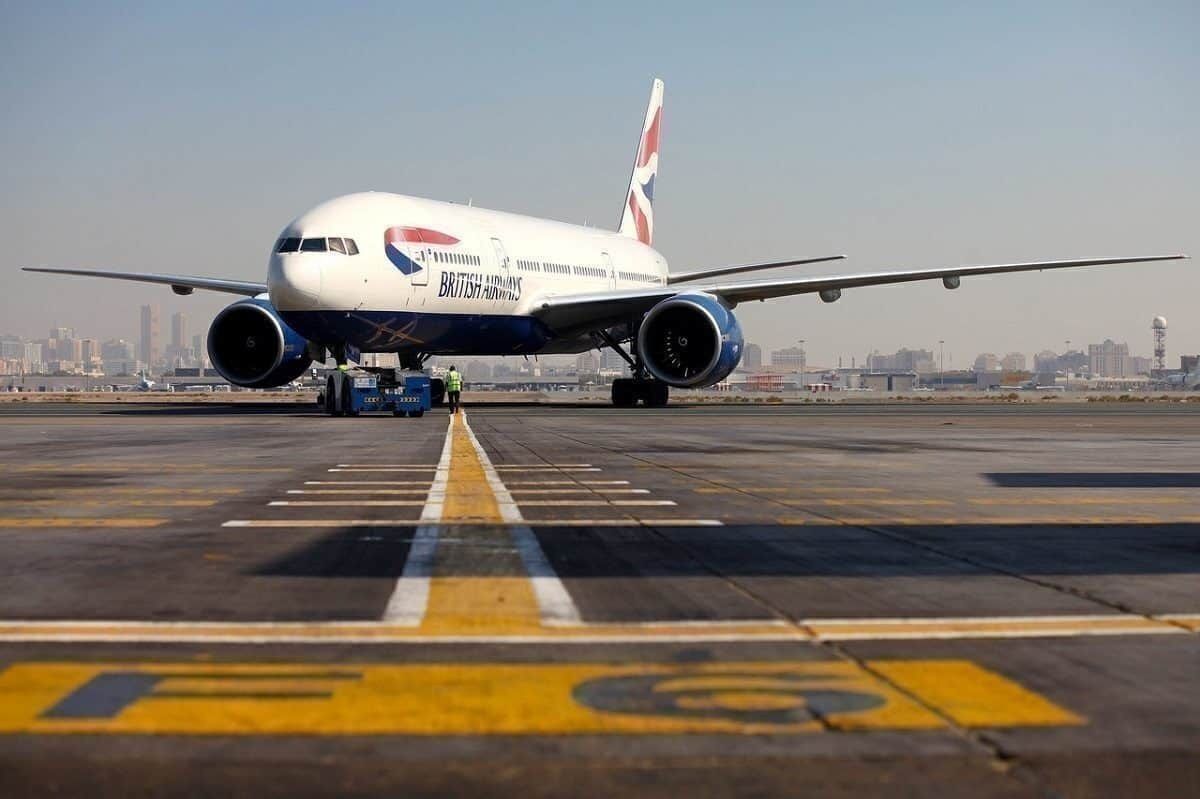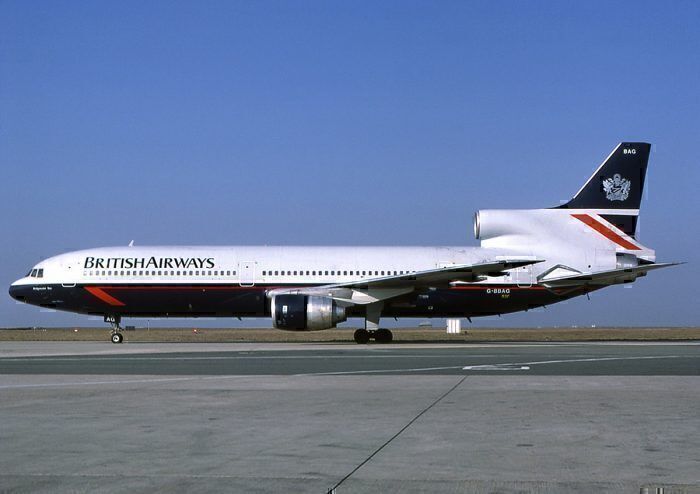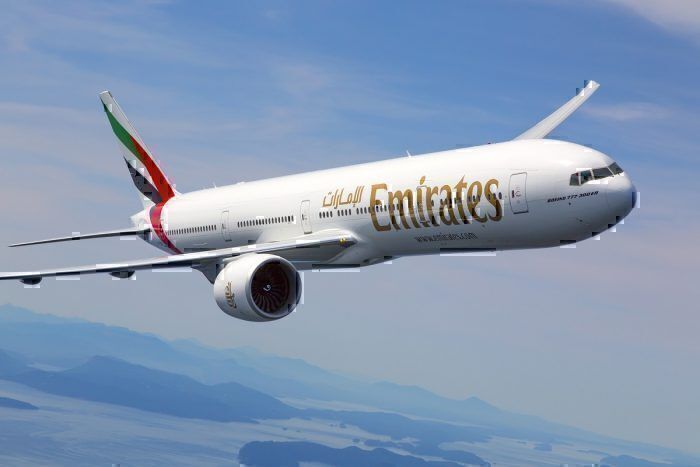One of the most successful aircraft in the history of aviation, the B777, still fights its corner after 25 years. But, in development, the revolutionary plane was slated to have three, not two, engines.
The B777 and the B747 are two of Boeing’s historic successes. The introduction of the 747 in 1969 was a game-changer. The cost of mass travel was reduced, the world’s haulage processes were invigorated, and airports worldwide grew exponentially.
The 777, which flew commercially for the first time in 1995 with United, brought similar sweeping changes to the industry. It heralded a new era of twin-engine flight: quieter, more efficient, more economical and of a greater range (B777-200LR).
It may even have sounded the death knell of the 747.
Of the 777, Boeing has since received more orders than of any other wide-body airliner. By August of this year, more than 60 customers had placed orders for 2,049 aircraft of all variants. 1,609 had been delivered, according to Boeing’s sales summary.
But the long-haul mainstay may not have enjoyed the same popularity from the outset. Had Boeing given way to a contingent of developers who at the time considered a triple-jet aircraft to be the order of the day, the 777 would no longer be flying.
Almost a tri-jet
The B777 was in its early days to be a tri-jet. At the time, the widely-regarded theory was that more engines gave an aircraft a better chance of remaining airborne. That steered developers towards the production of something akin to a larger version of the Lockheed TriStar.
Furthermore, aviation authorities had imposed regulations limiting the routes and distance a twin-engine aircraft was permitted to fly. Early twin-engine wide-body jets such as the Airbus A300B2 were restricted to medium-haul ops, writes Business Insider.
Thus it looked likely a tri-jet 777 was on the cards. Flight International even reported in 1978 a plan by Boeing to introduce the “trijet 777”.
However, Boeing also knew the tri-jet would be an unpopular and illogical choice of configuration. In light of the projected engine power of new engines, the airplane may feasibly cover the same distances as the 747.
Changes of regs
Nothing had been decided on the future of the type by the time ETOPS regulations governing twin-jet operations were lifted in the late 1980s. But that lifting of sanctions meant Boeing’s variants - the 757 and 767 - could begin flying long-haul routes beside the pre-existing 747.
Boeing stepped up its efforts to devise an aircraft that could fill the void between the 747 and 767. One that had a longer and wider fuselage than the 767 and a fully flexible interior. It would also be one capable of an intercontinental range, but with an operating cost lower than that of any 767 stretch.
In the end, the company opted for the twin-engine configuration. In view of projected engine developments and with the promise of reduced costs, the 777 was made.
The jet’s high bypass turbofan engines built by Rolls-Royce, Pratt & Whitney, and GE are the largest engines ever installed on an airliner, according to Business Insider.
From then until now
Boeing’s widebody Goliath took to the skies on June 12th, 1994. A year later, the 777-200 entered service with United Airlines. The aircraft was capable of carrying between 305 and 440 passengers 8,270 miles.
The most recent type, the 777-300ER, can carry 396 passengers 7,370 nautical miles. As of August 2019, according to Boeing, 45 different airlines have received a total of 810 -300ERs. The company possessed just 34 unfilled orders.
Despite dramatic changes to the industry in recent years, the success of Boeing’s type appears to be assured.



